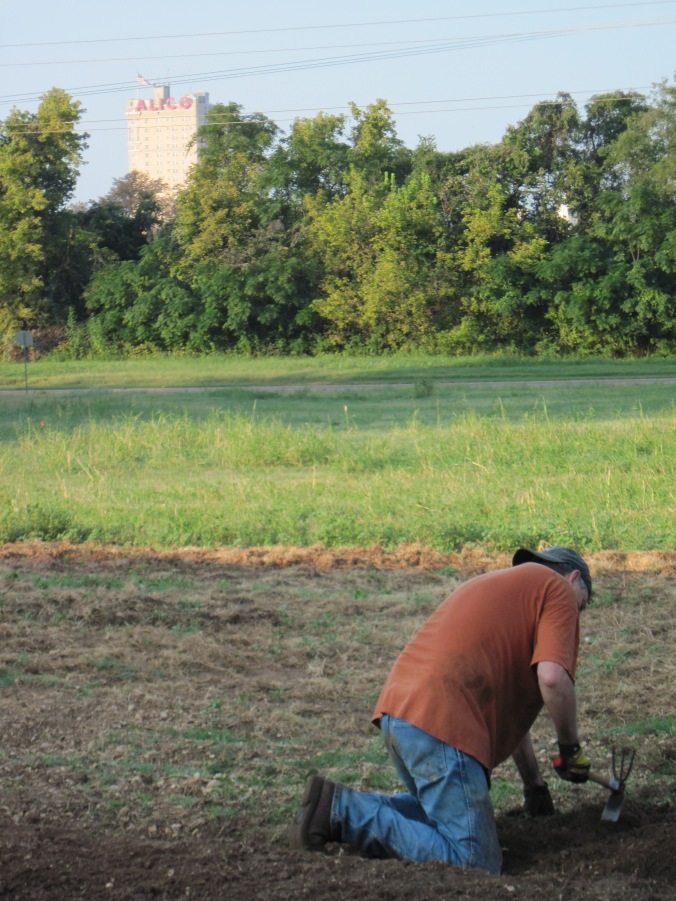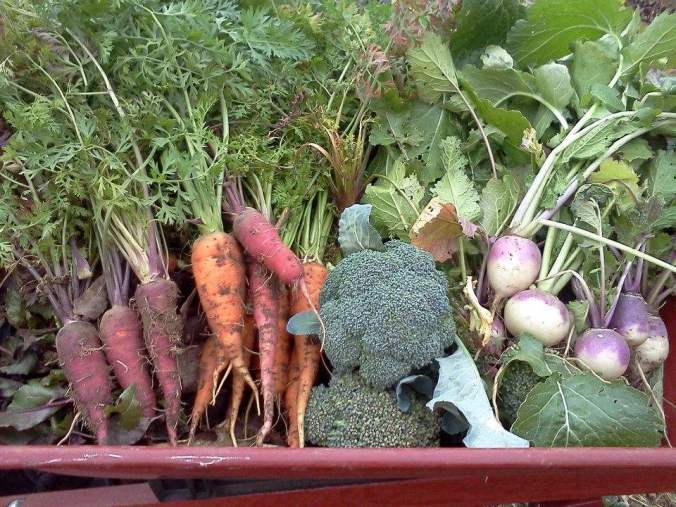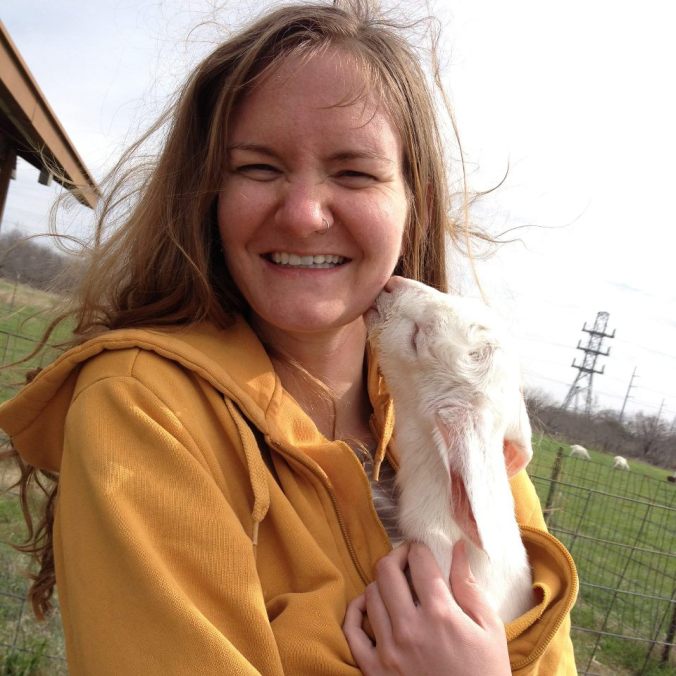WHAT TO PLANT
Seed in Ground: artichokes, arugula, beets, carrots, chard, chives, dill, leaf lettuce, onion sets, parsley, potatoes, snap and sugar peas, turnips, winter hardy greens (bok choy, spinach, cress, mustard greens, collards)
Seed Indoors: basil, cucumbers, chard, eggplant, lettuce (head), melons, peppers, pumpkins, summer and winter squash (late), tomatoes,
Transplant: asparagus (crowns), bok choi, broccoli, bunching onions, cabbage, cauliflower, celery, collards, kale, leeks, lettuce (head), rhubarb (crowns), strawberries, Swiss chard
***Brassicas like kale, collards, cabbage, and broccoli should have 3-4 true leaves and be about six weeks old when you transplant.***
WHAT TO DO
- Feed the soil by applying compost to plantings throughout your landscape: trees, shrubs, lawn, and all garden beds.
- By the third week of the month, plant potatoes 4 inches deep in warm soil.
- Begin sowing seeds of leaf lettuces, collards, and other greens outdoors; for continuous harvest, repeat sowings every 2 weeks.
- On Valentine’s Day, prune roses, clean up debris, and then top-dress the shrubs with fresh mulch. No roses? Plant some now!
- Continue to shop local nurseries for asparagus roots, rhubarb, strawberry plants, and fruit trees.
- Prune older fruit trees.
- Plant spring flowers: alyssum, hollyhocks, edging lobelia, rocket larkspurs, and Canterbury bells.




